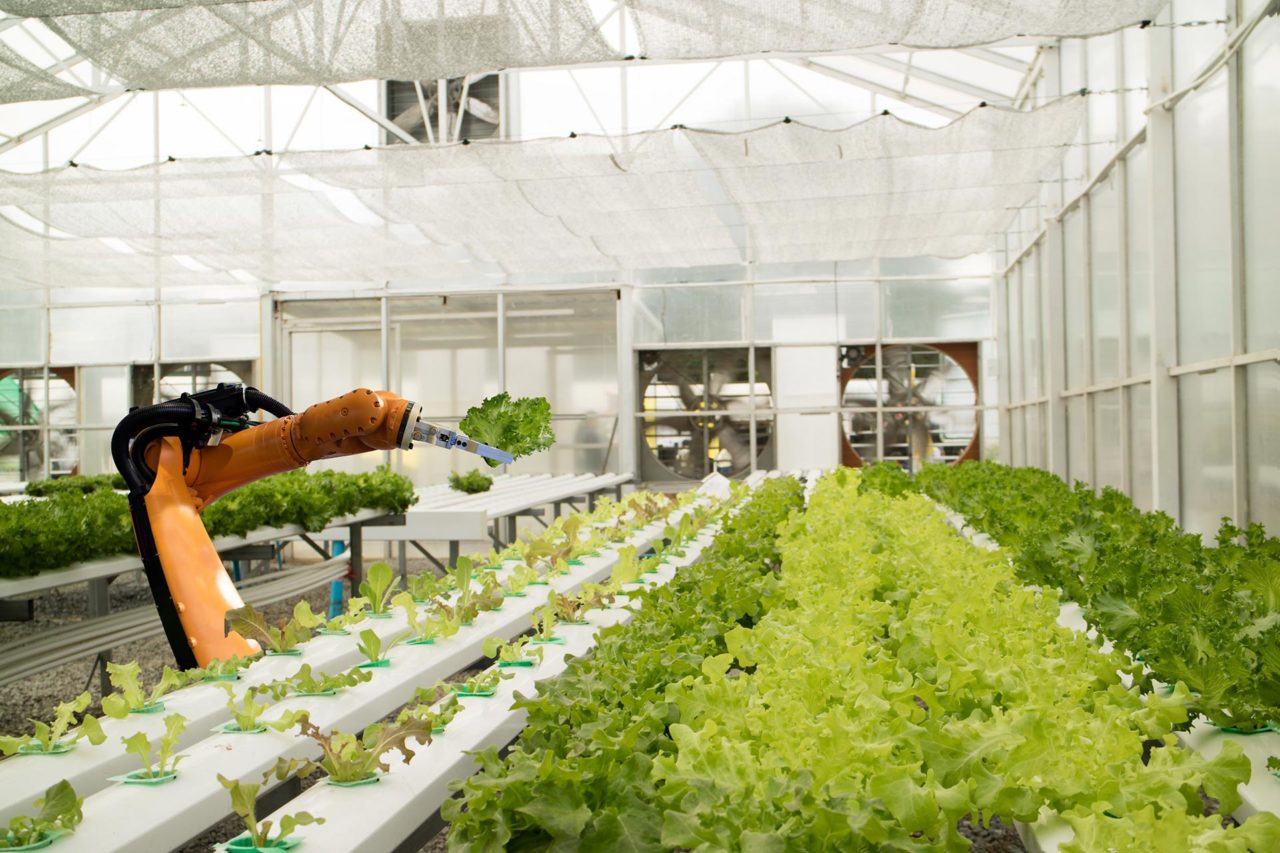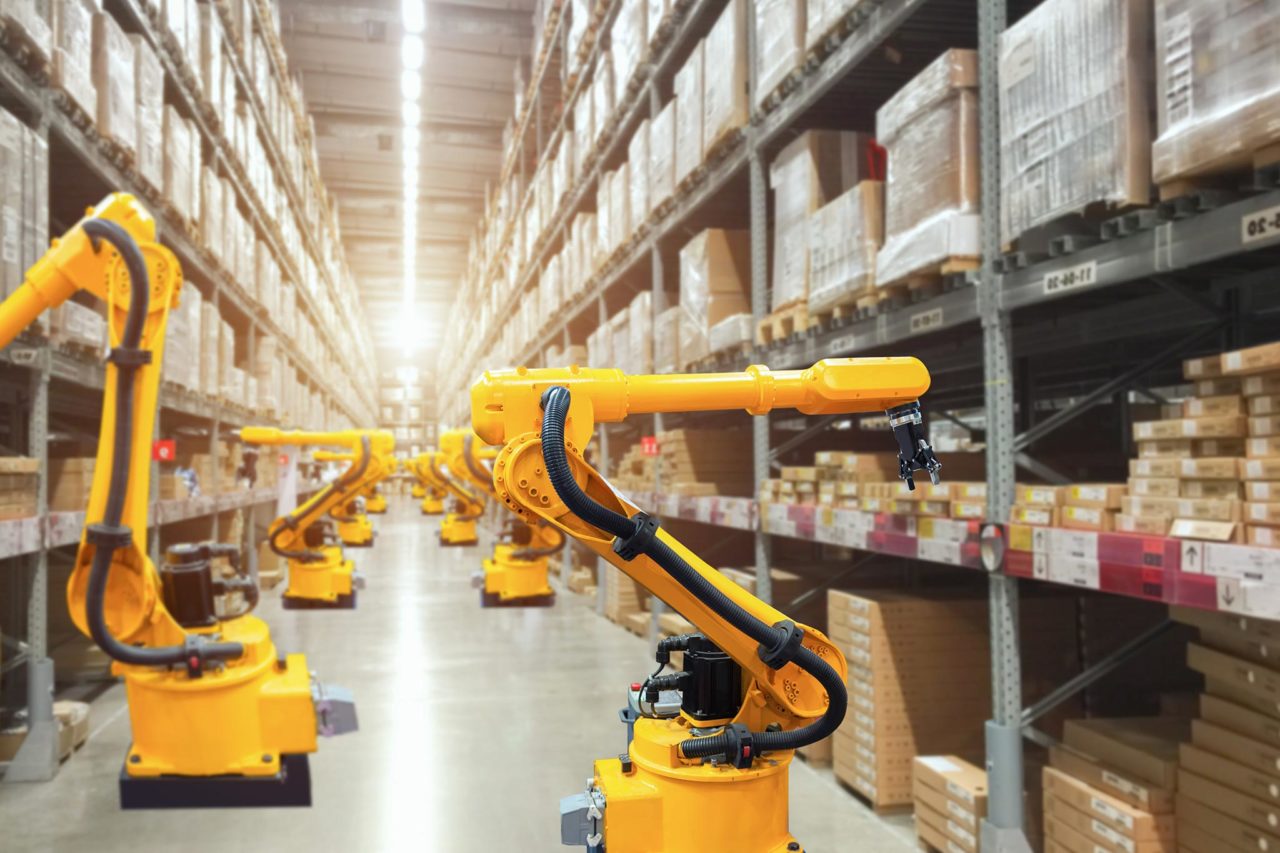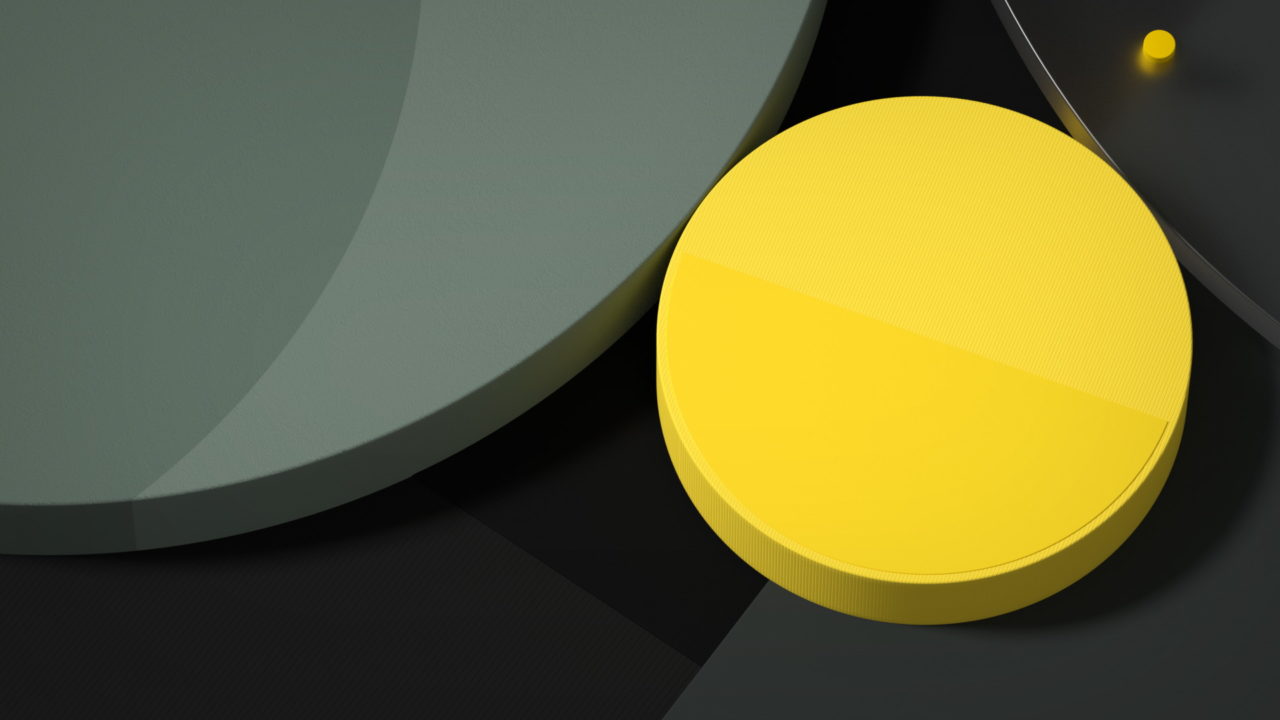The Circular Economy is part of the future
Sustainable production based on a healthy resource cycle
“Where were you when the youth took to the streets on Fridays to march for our future?” Do you fear this question from your grandchildren just as little as we do? Take the future into your own hands – there is a good answer to this question. It is clear to us that sustainability must already play a special role in production today. This is where what is known as a Circular Economy comes into play.
Efficient resource chains ensure sustainability
The consistent, end-to-end approach of the circular economy not only gives manufacturing companies the opportunity to holistically control the use of finite resources, but also to develop new business models. Circular Economy is not some kind of greenwashing buzzword. It is a theory- and practice-based method of working that can also be implemented in your production lines through the integrated use of software for statistical process control (SPC) or a complaint management solution.
New sales and service models are easily possible without increasing the use of resources. Efficient resource chains thus make tomorrow’s production more environmentally friendly, as they take into account the entire life cycle of a product.
All resources at a glance with a circular economy
With the Circular Economy, you take a look at the use of all resources in production, from planning and data acquisition to the end of service. This results in efficient, and above all scalable use of the necessary resources. Furthermore, and this is what forms the cycle, delivered products are also returned at the end of the service life, partially refurbished, or dismantled back to their basic resources. This gives you as a manufacturer complete access to the products beyond the sale.

Business model development in sales and service through cycle control
Long-term product planning in combination with the closed loop process allows a modular approach to use. After reaching the initial end of service, products can be used in new areas of application through new modules (various cost tiers), and new service models can also be established through the use of module models. This is made tangible for the company and adds value for the customer.
Conservation of resources in production through supply chain management
The efficient use of resources is already an important process and company goal today, especially in resource and cost-intensive production processes. Similarly, the regulatory requirements for companies worldwide are also increasing, for example to reduce the use of resources to the minimum.
With the Circular Economy, you create new processes to control the continuous resource cycle. Even as early as the planning stage, materials can be selected in such a way that they can be recycled as efficiently as possible when the product is taken back and returned or converted. As a result, you can noticeably reduce the costs for the use of resources.
Independence from market disturbances through resilience
Gain long-term resilience in your business processes. By establishing new processes that extend beyond the actual product life cycle, market disruptions and fluctuations can be better balanced out, as product cycles and the resources used are more efficiently interlinked.
Re-use, recycling, repair, upgrading, and upcycling offer further possibilities to secure your business model against the fluctuations of the market. Likewise, staff planning and resource allocation can be adapted / coordinated precisely to the project cycle.
With EdgeOne the Circular Economy is a new business model
The Circular Economy expands on classic supply management and thus develops new value chains for your company. The entire product life cycle is presented in our EdgeOne platform for MES and MOM in a user-friendly and user-optimized manner. Here, the product is not considered only once, the use beyond the actual cycle is also considered.
- initial resource planning (supply planning)
- energy management in the MES (Manufacturing Execution System)
- simulation and real-life data acquisition
- comprehensive non-conformance management
- track and trace combined with comprehensive quality planning
With Germanedge PaaS EdgeOne, the Circular Economy is more than a theoretical approach. It is a new business model that will bring your company into the secure center of the 21st century.

Get in touch!
Would you like to know more about our solutions? Then please write us using the contact form. My colleagues and I look forward to exchanging ideas with you.

Dominik Weggler
Head of Sales Germanedge


